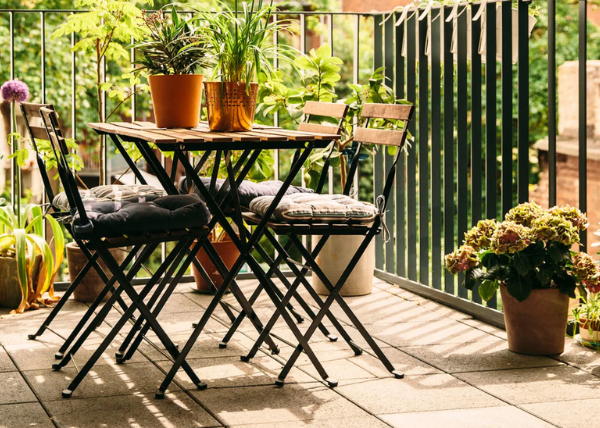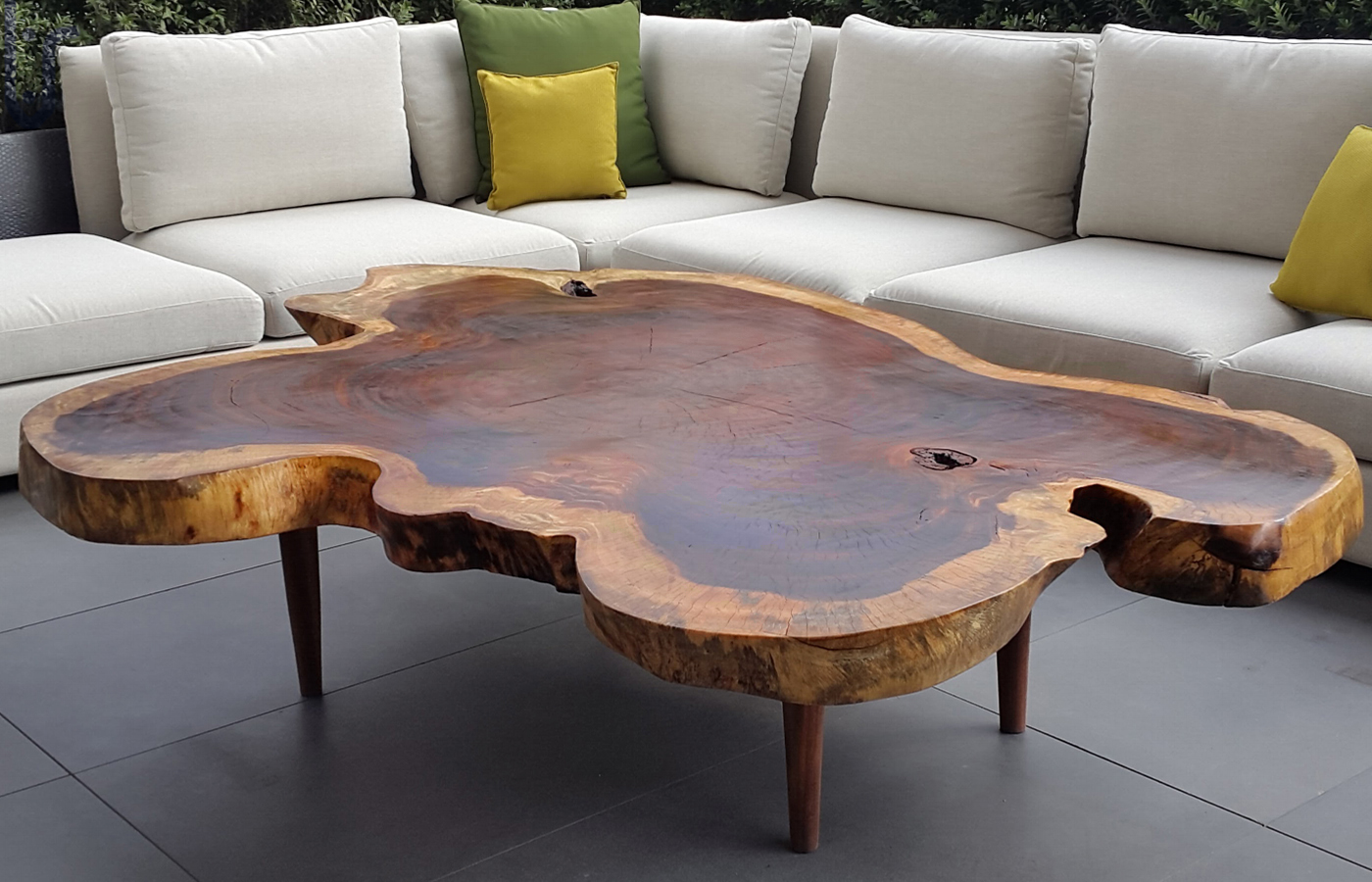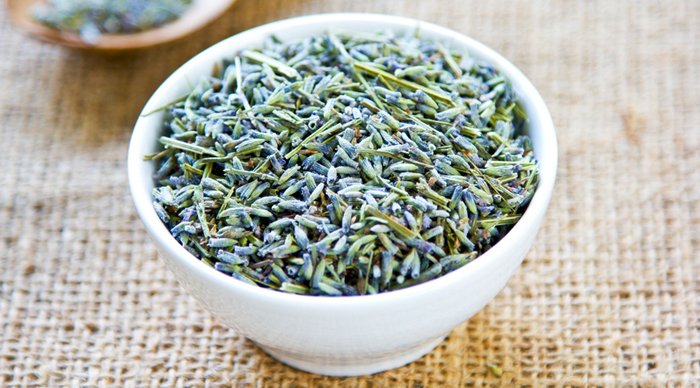Choosing the best eco-friendly Christmas tree
You may have wondered which type of tree is the most sustainable. We try to shed some light on this topic.
There is no Christmas without a tree, just as there is no birthday without a cake or wedding without rings. Decorating a tree at Christmas is an ancient tradition that is presumed to have originated in Scandinavia, but has gone global and has a big impact on the environment.
Natural or artificial? For us there is no debate: natural, if possible.
First, because of what it represents. It is not the same to symbolise Christmas with a living thing as it is to worship a green plastic hanger. Moreover, studies show that an artificial tree would need to be used for 15 years to have a smaller ecological footprint than a natural tree. Artificial trees are usually made of PVC and have travelled a long way from Asia to your home.
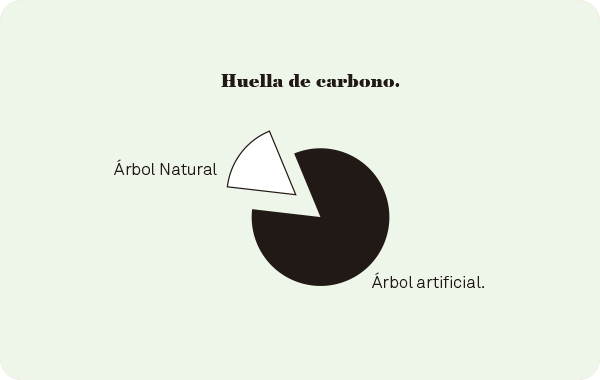
OK, so natural, but what kind?
In Spain there are certain areas dedicated to the cultivation of Christmas trees. It is the livelihood of many families and, therefore, they take great care to replace those trees that are ready for sale with others that will continue to be a reservoir of biodiversity and capture CO2. It is estimated that in 10 years, a 1 hectare plot of land dedicated to spruce cultivation will produce 105 tonnes of oxygen.
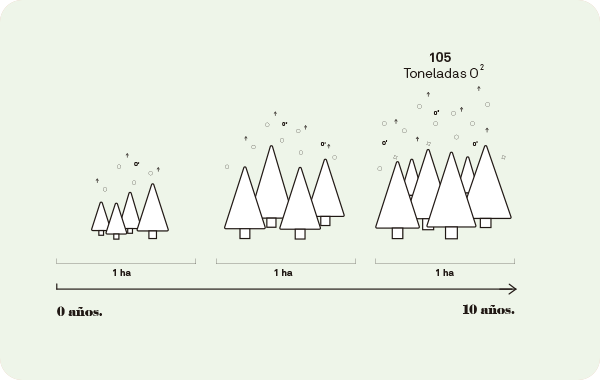
Clearly, trees of known and local provenance are much better than trees whose origin is unknown, especially because of the social and environmental impact they have on our immediate surroundings.
Natural and local. And what else?
Ideally, you should find suppliers who cultivate their forestry in an environmentally friendly way. This can be guaranteed by certifications such as PEFC o FSC. These entities can help you to find such trees with a guarantee certificate, although they are still a minority.

You will find both rooted and unrooted trees on the market - which one to choose? Well, those with roots could be transplanted, but does anyone do it? You have to think that the rooted Christmas trees available on the market come from cultivation and are therefore used to the "good life". When you take them out of their comfort zone and place them indoors, in the city centre, with little room for their roots and so on, the tree will suffer and - let's be honest - have little chance of survival. If you live in the countryside you may be able to plant it outside and, with care, it may survive. One option would be to choose smaller individuals that have grown under physiological stress (trees prepared for reforestation) or species more suited to gardening (such as cyperaceae) and, therefore, more acclimatised to harsh urban conditions. We opted for these two alternatives in all our products.
On the other hand, there are the trees without roots.
The UK Carbon Trust estimates that a two-metre tree without roots leaves a carbon footprint of 3.5kg CO2e if it ends up in landfill or incinerated. That is why it is very very very very important to recycle it after the holidays. There are local councils that have collection points for these trees. They will shred them and generate compost or mulch. Ask your local councils to do the same. That way, this large volume of organic waste will once again become material to grow new life.
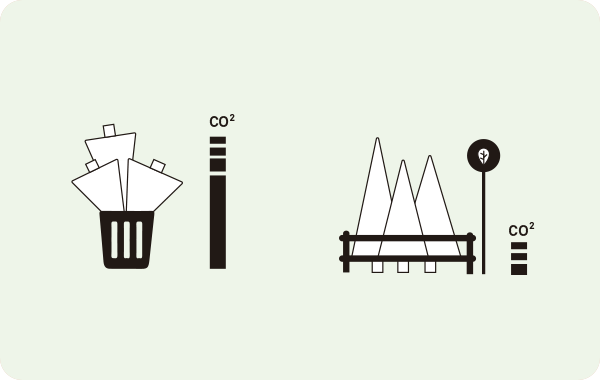
What about a Christmas without a tree?
The truth is that to honour Frey (the Scandinavian Sun God), Father Christmas or whoever, you don't need to jump through the hoops of buying a mature tree. Don't get caught out! You can decorate any cool plant you already have at home. Or, why not, you can grow a tree from a seedling or seed. And remember that the true spirit of Christmas is in the process, never in the end.
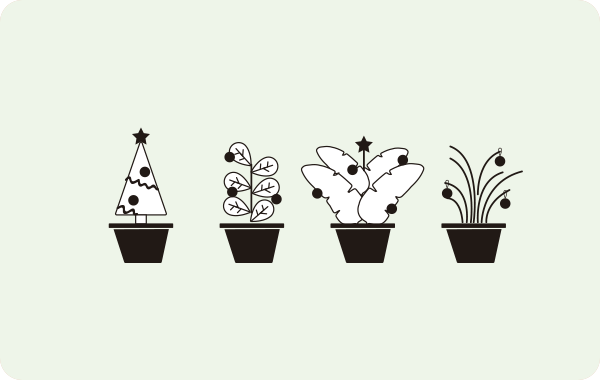
(This is an original article by our contributors Bridepalla).
There is no Christmas without a tree, just as there is no birthday without a cake or wedding without rings. Surely you have ever wondered what kind of tree is more sustainable. In this post, Bridepalla helps you to choose the best eco-friendly Christmas tree.



